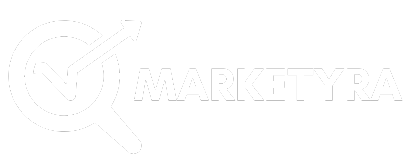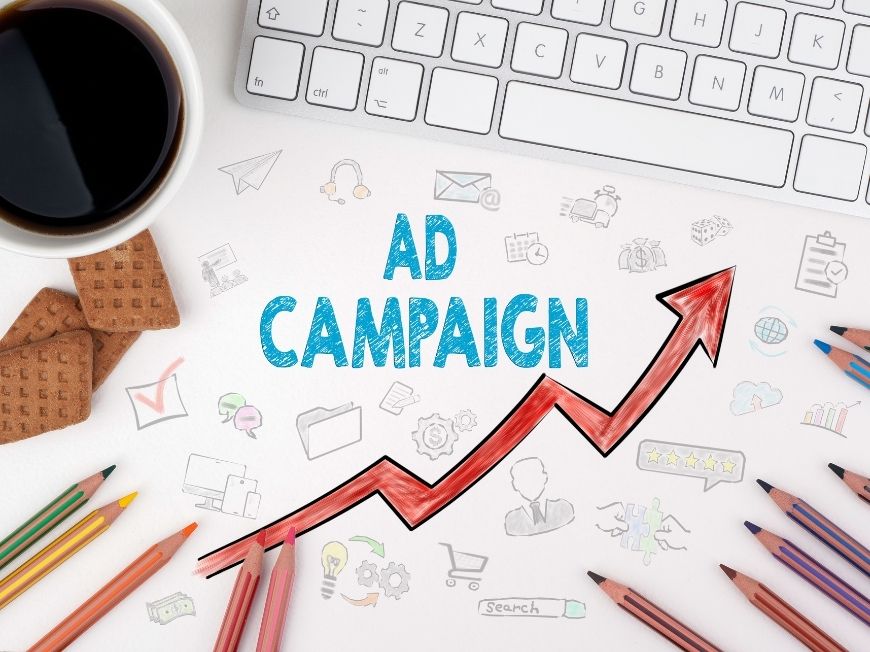On this page you will read detailed information about Core Web Vitals.
In the ever-evolving digital landscape, you must prioritize user experience to stay competitive. As a website owner or developer, understanding Core Web Vitals becomes crucial. These essential metrics, introduced by Google, offer insights into real-world user experiences and directly influence your site’s search ranking. By focusing on loading performance, interactivity, and visual stability, Core Web Vitals provide a comprehensive framework to evaluate and enhance your website’s overall performance. Engaging with these metrics not only improves user satisfaction but also strengthens your site’s visibility, ensuring you remain at the forefront of digital excellence in an increasingly demanding online environment.
Understanding Core Web Vitals: Key Metrics Explained
What are Core Web Vitals?
Core Web Vitals are a set of specific factors Google considers essential in a webpage’s overall user experience. These metrics serve as a critical component in the assessment of website performance. Understanding these metrics is crucial for enhancing site usability and achieving optimal rankings on search engine result pages. While numerous metrics can gauge a website’s performance, Core Web Vitals focus on three primary facets: loading speed, interactivity, and visual stability.
Key Metrics of Core Web Vitals
1. Largest Contentful Paint (LCP):
The LCP metric measures loading performance and marks the point at which the largest content element on the page is visible within the viewport. A good LCP score is 2.5 seconds or less, indicating that the page loads quickly, providing users with immediate access to critical content.
2. First Input Delay (FID):
FID gauges interactivity by measuring the time from when a user first interacts with a page to when the browser responds to that interaction. A quick response time, ideally under 100 milliseconds, ensures users do not experience delays that could lead to frustration and increased bounce rates.
3. Cumulative Layout Shift (CLS):
This metric evaluates visual stability by quantifying how much content moves unexpectedly during page load. A CLS score of less than 0.1 ensures that elements on the page remain stable, preventing accidental clicks and enhancing the user experience.
Enhancing User Experience
Understanding and optimizing Core Web Vitals is vital for website owners and developers aiming to deliver superior user experiences. By focusing on these essential metrics, your website can achieve better performance, leading to increased user satisfaction and improved search visibility. Emphasizing these aspects will not only benefit your site’s SEO but also strengthen its reputation among visitors.
The Importance of Core Web Vitals for SEO and User Experience
Enhancing User Experience
In the digital realm, user experience is paramount. Core Web Vitals are designed to measure the aspects of your website that directly impact how users perceive their interactions. By focusing on these metrics, you ensure that your web pages load swiftly, respond quickly to user inputs, and provide a stable visual environment. A website that excels in these areas not only retains visitors but also encourages them to spend more time exploring your content, ultimately leading to higher conversion rates.
Boosting SEO Performance
Search engines, particularly Google, prioritize websites that offer optimal user experiences. Core Web Vitals have become a crucial ranking factor, meaning that these metrics have a direct impact on your search engine optimization (SEO) efforts. Websites that perform well in terms of loading speed, interactivity, and visual stability are more likely to rank higher in search engine results pages (SERPs). This visibility is essential for attracting organic traffic and ensuring that your target audience can easily discover your content.
Staying Competitive and Relevant
In an ever-evolving digital landscape, staying ahead of the competition requires a commitment to continuous improvement. By integrating Core Web Vitals into your web development strategy, you are proactively addressing potential performance issues that could hinder your site’s effectiveness. Regularly monitoring and optimizing these metrics not only keeps your site competitive but also aligns with industry standards and best practices. In doing so, you demonstrate a dedication to delivering quality and reliability that resonates with users and search engines alike.
By understanding and implementing Core Web Vitals, you not only enhance user experience but also strengthen your site’s SEO performance and competitive edge, ensuring an engaging and efficient online presence.
How to Measure Core Web Vitals Effectively
Utilize Google’s Tools for Measurement
To effectively measure Core Web Vitals, leveraging Google’s suite of tools is paramount. Tools like Google PageSpeed Insights, Google Search Console, and Lighthouse are designed to provide comprehensive metrics and insights. These tools assess your website’s performance by analyzing key aspects, such as loading speed, interactivity, and visual stability.
- Google PageSpeed Insights offers an in-depth analysis of your page performance on both mobile and desktop devices. It generates a detailed report highlighting areas that require improvement.
- Google Search Console is vital for tracking your website’s performance over time. It provides a Core Web Vitals report that identifies pages needing optimization.
- Lighthouse, a part of Google Chrome’s DevTools, functions as an open-source automated tool that audits your web page performance, generating suggestions for enhancements.
Interpret the Key Metrics
Understanding and interpreting the metrics is crucial for improving your site’s performance. Core Web Vitals focus on three primary areas:
- Largest Contentful Paint (LCP): Measures loading performance. To offer a good user experience, LCP should occur within 2.5 seconds of when the page first starts loading.
- First Input Delay (FID): Assesses interactivity. For optimal performance, pages should have an FID of less than 100 milliseconds.
- Cumulative Layout Shift (CLS): Evaluates visual stability. A CLS score of less than 0.1 is ideal to ensure that the page content remains steady during loading.
Regular Monitoring and Adjustment
Continuous monitoring and adjustment of these metrics are essential for maintaining optimal performance. Regularly revisit the tools and reports to track progress and implement necessary changes. By systematically measuring and refining your website’s Core Web Vitals, you can significantly enhance user experience, boosting both engagement and search engine rankings.
In the previous post, we had shared information about What Is SEO? Exploring the Basics of Digital Marketing, so read that post also.
Strategies to Improve Your Website’s Core Web Vitals
Optimize Your Images
Images are often the largest files on a webpage, significantly affecting load times. To enhance your Core Web Vitals, consider compressing images without sacrificing quality. Formats like WebP offer efficient compression, allowing for smaller files and quicker load times. Additionally, using responsive images that automatically adjust to the user’s screen size can drastically improve performance.
Minimize JavaScript and CSS
JavaScript and CSS can block rendering, delaying the loading of a webpage. To address this, you should reduce the size and complexity of these files. Techniques such as minification and compression can help. Minification removes unnecessary characters, while compression reduces the file size. By deferring non-essential scripts and stylesheets, you ensure that critical content loads promptly, thus boosting your Core Web Vitals.
Implement Lazy Loading
Lazy loading is a technique that loads images and other elements only when they are needed, rather than all at once. By doing so, the initial load time is reduced, enhancing the Largest Contentful Paint (LCP) metric. Implementing lazy loading is a straightforward yet impactful strategy to improve website performance.
Leverage Browser Caching
Caching allows browsers to store frequently accessed resources on the user’s device. By enabling browser caching, you can reduce the time it takes for returning visitors to load your site, as they won’t need to download all resources again. This can significantly improve both First Input Delay (FID) and Cumulative Layout Shift (CLS), two critical components of Core Web Vitals.
By incorporating these strategies, you can ensure your website is not only user-friendly but also aligns with the essential metrics of Core Web Vitals, thus enhancing overall performance and user satisfaction.
Common Challenges with Core Web Vitals and How to Overcome Them
Identifying and Addressing Slow Loading Times
One of the most prevalent challenges with Core Web Vitals is slow loading times, primarily impacting the Largest Contentful Paint (LCP) metric. Large images and unoptimized resources often lead to sluggishness in page rendering. To tackle this, consider compressing images without compromising quality, leveraging modern formats like WebP, and ensuring your server response times are swift. Implementing a Content Delivery Network (CDN) can also significantly reduce latency by caching content closer to the user’s location.
Ensuring Interactivity and Stability
Improving the First Input Delay (FID) is crucial for enhancing interactivity. Heavy JavaScript execution can bog down the browser’s main thread, leading to delays in user interaction. To resolve this, prioritize critical JavaScript and defer non-essential scripts. Splitting code and utilizing asynchronous loading can further enhance performance. Meanwhile, for Cumulative Layout Shift (CLS), ensure that elements have defined size attributes and avoid inserting content above existing content without appropriate placeholders.
Continuous Monitoring and Optimization
Core Web Vitals aren’t one-time metrics but continuous benchmarks for performance. Regular audits using tools like Google PageSpeed Insights or Lighthouse can provide insights into areas needing improvement. Implementing a systematic optimization strategy ensures ongoing enhancement of user experience. Key strategies include regularly updating site plugins, minimizing third-party scripts, and employing lazy loading for images and videos.
By addressing these common challenges with a strategic approach, not only will you enhance your site’s Core Web Vitals, but you’ll also deliver a superior, seamless experience for your audience.
Conclusion
In understanding Core Web Vitals, you gain a powerful toolset to optimize your website’s performance and enhance user experience. By prioritizing metrics such as Largest Contentful Paint, First Input Delay, and Cumulative Layout Shift, you align your site with Google’s performance standards, ensuring faster load times, improved interactivity, and stable visuals. This not only boosts your search engine rankings but also cultivates a more engaging environment for your audience. As the digital landscape continues to evolve, staying informed and proactive about Core Web Vitals will be pivotal in maintaining a competitive edge and achieving sustained online success.
Disclaimer
The content published on the Marketyra blog is for educational and informational purposes only. While we strive to share accurate and up-to-date digital marketing tips, strategies, and trends, we do not guarantee any specific results. Readers are advised to use their own judgment before applying any tips or advice provided. Marketyra is not liable for any losses, damages, or issues arising from the use of blog content.
So friends, today we talked about Core Web Vitals, hope you liked our post.
If you liked the information about Core Web Vitals, then definitely share this article with your friends.
👉 Need help with SEO or digital marketing services?
Feel free to call us at 📞 +91-9306925861, email us at 📧 admin@marketyra.com to get in touch!






